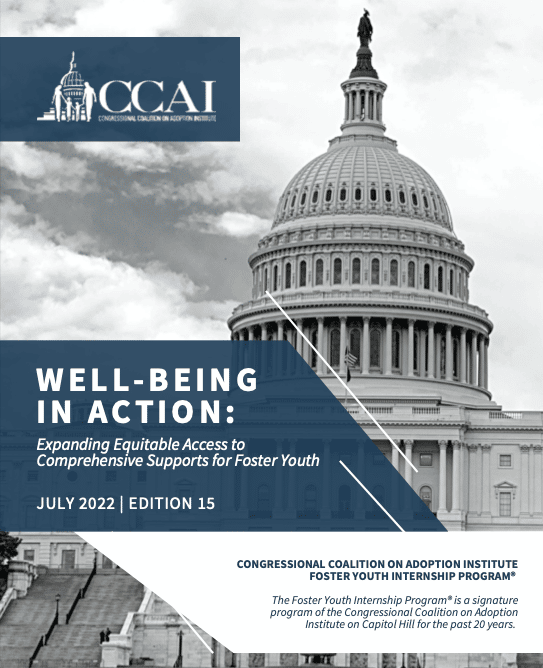Leaving the door open for transition-age youth

The Imprint is highlighting each of the policy recommendations made this summer by the participants of the Foster Youth Internship Program, a group of seven former foster youth who have completed congressional internships.
The program is overseen each summer by the Congressional Coalition on Adoption Institute, a Washington, D.C.-based nonprofit that raises awareness about the needs of children without families. Each of the participants crafted a policy recommendation during their time in Washington, D.C.
Today we highlight the recommendation from Ryan Young, 21, a student at Phoenix College.
The Proposal
Young would dramatically alter the eligibility rules for the John H. Chafee Foster Care Program for Successful Transition to Adulthood (Chafee program), raising it from 23 to 26. He would also make two changes to the Education and Training Voucher (ETV) program, which currently provides up to $5,000 per year for college tuition to current and former foster youth, with the window of eligibility being five consecutive years and ending at age 26. Young would up the maximum annual award to $7,000, and make the eligibility window nine nonconsecutive years.
Finally, he proposes additional federal funds for state child welfare efforts to re-engage young adults who might have left foster care without taking advantage of available supports.
The Argument
While the extension of foster care through 21 helps many youth in the system prepare for adulthood, they are still left to navigate adulthood entirely on their own, Young writes. He points out other post-foster care supports that have an age ceiling as high as 26.
In Their Own Words
“I chose to re-enter foster care because my state offered extended foster care which provided three more years of resources. Extended foster care has been a lifeline for me; it has given me the support I need to navigate the transition to adulthood successfully.”
The Imprint’s Take
The thing about raising the age ceiling on Chafee, for either program, is that if it is not done with the guarantee of more funds, you are spreading the same amount of money out over more people. In states where Chafee funds go unspent, that’s a good thing. For other states, maybe not so much. There is an argument to be made for some symmetry, though, trying to set 26 as the generally accepted sunset for federally backed post-foster care supports.
We agree with Young on the concept of making the eligibility for ETV nonconsecutive. There is so much data reflecting the reality that many foster youth who make it to a college campus do not continue long enough to obtain a four-year or even a two-year degree. Leaving the door open for a return later in their 20s makes so much sense.






